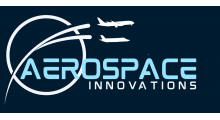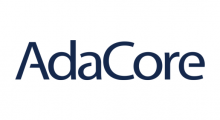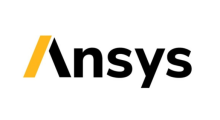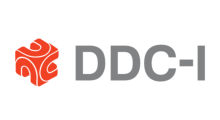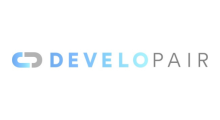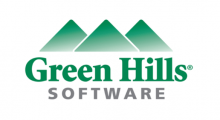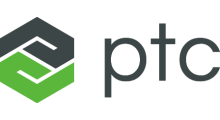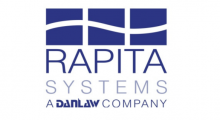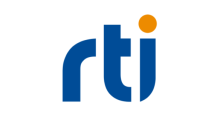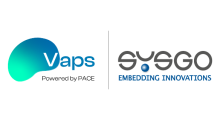HISC 2023 blog series: interview with Tobias Reiher RecordFlux Technical Lead at AdaCore
Posted on October 10, 2023
HISC is now in its tenth year. What trends and technical advances have you seen over the past ten years which impact the trustworthiness of software ecosystems?
The utilization of formal methods in software development has experienced a notable upswing over the past decade. Although these methods have existed for several decades, their widespread acceptance and implementation have witnessed substantial growth in recent years. This surge can be attributed to various factors, including the imperative for safety-critical systems, advancements in tooling, regulatory mandates, and demonstrable success stories. With software systems steadily increasing in complexity and significance, the prominence of formal methods is poised to expand further as they play an increasingly crucial role in assuring reliability and correctness.
Can you give us a sneak peek into what you’ll be covering in your talk at HISC 2023?
We'll shine a spotlight on the practical application of formal methods to strengthen the security of communication protocols. We'll emphasize the real-world shortcomings of conventional implementation approaches, which have left numerous devices exposed to security vulnerabilities. Our presentation will showcase how the use of RecordFlux can transform the process. By providing a toolset for specifying protocols and automatically generating provable SPARK code, we simplify and significantly enhance the security of communication protocol implementations.
What are you most looking forward to at this year’s HISC?
I'm most looking forward to the opportunity to engage with industry professionals and have insightful discussions about their specific needs and applications. Connecting with individuals from various companies allows us to better understand their unique challenges and to provide practical and effective solutions. It's a chance to foster meaningful collaborations and ensure that our innovations align seamlessly with the evolving demands of the industry.
What lessons can we learn from the last ten years, and how can we ensure we build on experience throughout the next ten years?
To enhance the adoption of formal methods in software development, a key priority is to significantly improve the usability of these tools. Making them more accessible to software engineers, rather than solely catering to formal method experts, is essential. This entails developing user-friendly interfaces, providing clear documentation, and offering comprehensive training programs that empower software engineers to integrate formal methods seamlessly into their workflows. Moreover, fostering interdisciplinary collaboration between software engineers and formal verification experts can bridge the knowledge gap and promote better tool usability. By prioritizing usability enhancements and actively engaging the broader software development community, we can unlock the full potential of formal methods in assuring software reliability and correctness.

